
AI computing heavily consumes processor resources, as AI calculations are mostly executed remotely in data centers or core enterprise servers rather than locally on devices, utilizing tens of thousands of processor resources.
Edge intelligence chips are changing this landscape. They are smaller, cheaper, low-power, and generate less heat. These chips can be integrated into handheld devices and robots to perform intensive AI calculations locally. Edge computing chips can also reduce or eliminate the need to send large amounts of data to remote locations, providing benefits in availability, speed, data security, and privacy. They can significantly enhance a company’s capabilities by enabling deep analysis of data from connected devices and converting the analysis results into actions, while avoiding the high costs, complexities, and security challenges associated with sending large data to the cloud.
Current Issue Directory
Edge Intelligence Chips and Market
Typical Applications of Edge Intelligence Chips
Top 10 Edge Chips and Application Solutions in China
Edge Intelligence Chips and Market
According to Deloitte’s analysis, in 2020, the sales of edge intelligence chips exceeded 750 million units, generating $2.6 billion in revenue. The consumer device market is estimated to account for over 90% of the edge intelligence chip market. In terms of both sales volume and dollar value, the vast majority of these edge intelligence chips will enter the high-end smartphone sector. Currently, smartphones account for over 70% of all consumer edge intelligence chips in use. Of course, smartphones are not the only devices using edge intelligence chips; other devices like tablets, wearables, and smart speakers also utilize these chips, although their impact on edge intelligence chip sales is significantly smaller than that of smartphones.
Deloitte also suggested that by 2024, sales of edge AI chips are expected to exceed 1.5 billion units, with an annual growth rate expected to reach over 20%, more than double the semiconductor industry’s overall long-term forecast of 9% compound annual growth rate. Deloitte pointed out that although the AI chip market on the consumer side is much larger than the enterprise market, its growth rate may be lower than that of the enterprise market. In the enterprise market, robots, cameras, sensors, and other IoT devices will be important application scenarios for AI chips in the future.
IDC data indicates that the AR/VR display market grew by 92.1% year-on-year in 2021, with an expected growth of 46.9% in 2022, leading to incremental demand for edge intelligence chips.
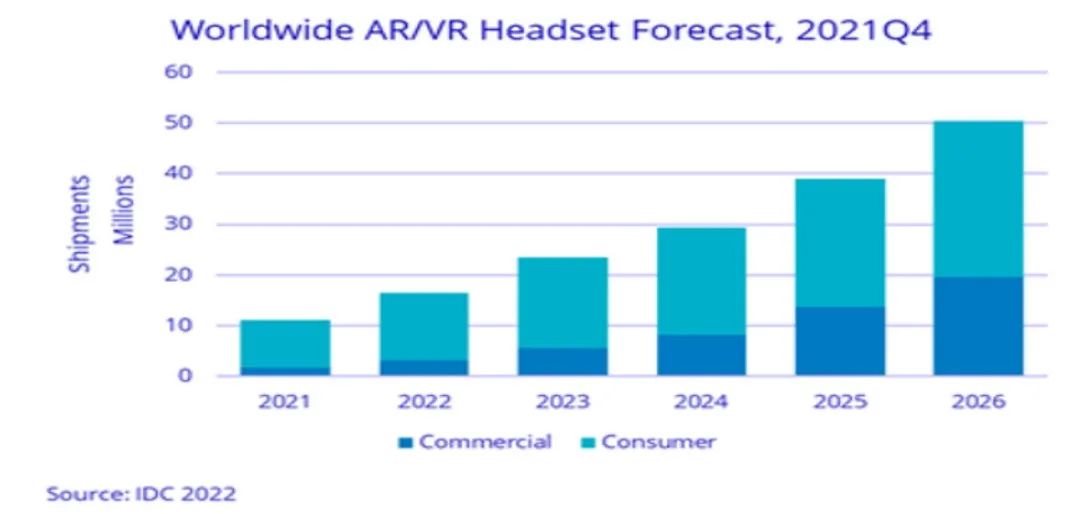
AI chips mainly fall into three categories: device-side AI chips (like smart speakers, low-cost MCU), cloud AI chips (operated by service providers, high-performance GPU), and edge intelligence chips (CPU/NPU, low power). Based on functionality, they can be divided into training chips and inference chips, with the edge intelligence chips on the market belonging to the category of edge inference chips. There are numerous players in the edge intelligence space, including multinational companies like NVIDIA, Intel, NXP, Xilinx, ST, and Maxim, as well as domestic companies represented by Rockchip, Beijing Junzheng, Allwinner, Cambricon, Horizon Robotics, HiSilicon, and others.
From a performance and cost perspective, ASICs are optimal among AI chips (GPU/FPGA/ASIC). As dedicated chips, ASICs have an absolute advantage in computing power and power consumption compared to general-purpose chips like GPUs, but they have a longer development cycle and slower deployment, requiring a certain scale to realize cost advantages. FPGAs can be viewed as a transitional solution from GPUs to ASICs. Compared to GPUs, FPGAs allow for deeper hardware-level optimization and are more flexible in the face of continuously evolving algorithms, with shorter development times.
In edge computing scenarios, AI chips mainly undertake inference tasks by inputting data collected from sensors (microphone arrays, cameras, etc.) on terminal devices into trained models to derive inference results. Due to the variety of scenarios on the edge side, the considerations for computing hardware vary, leading to differing requirements for computing power and energy consumption. Therefore, computing chips used on the edge side need to be designed specifically for unique scenarios to achieve optimal solutions.
Typical Applications of Edge Intelligence Chips
When discussing edge intelligence computing, a well-known “octopus theory” comes to mind, which illustrates the purpose of edge intelligence chips. The octopus is a peculiar creature with eight legs, and some decisions made by the octopus do not have to be processed in the brain but can be computed in the legs. This comparison between the octopus’s legs and the octopus’s brain (the cloud) represents the edge side! This analogy is so interesting that it is frequently referenced in edge computing scenarios, such as smart driving, smart factories, and the integration of security with traffic management, etc. Compared to many consumer-level scenarios for terminal AI chips, edge intelligence chips are more commonly applied in industrial fields. Edge intelligence essentially confines applications within a specific range, which could be a car, a train, a factory, or a store. Within this range, local AI decision-making and processing are implemented. The core purpose emphasizes solving problems at the data source side. This is the need for edge AI chips.
Applications in Intelligent Security Cameras
The development of security cameras has gone through three stages: analog, digital, and intelligent. The latest intelligent cameras not only implement recording and storage functions but can also perform structured image data analysis. A security camera can generate 20GB of data in a day, and if all data is sent back to the cloud data center, it will greatly occupy network bandwidth and data center resources.
By adding edge intelligence chips to the camera terminal and network edge, real-time localized processing of camera data can be achieved. After structured processing and key information extraction, only the key information data will be sent back, significantly reducing the pressure on network transmission bandwidth. Current mainstream solutions are divided into: integrating edge intelligence chips within front-end camera devices and adopting server-level products at the edge side. Front-end chips need to balance area, power consumption, cost, and reliability in design, opting for low-power, low-cost solutions (such as DSP, ASIC); edge-side solutions involve server-level products capable of handling larger-scale data processing tasks (such as GPU, ASIC).
Autonomous Driving
Autonomous driving has entered the commercial stage, with promising prospects for the future. The latest report from IDC, “Global Autonomous Vehicle Forecast (2020-2024),” indicates that by 2024, the global sales volume of L1-L5 level autonomous vehicles is expected to reach approximately 54.25 million units, with an average annual compound growth rate (CAGR) of 18.3% from 2020 to 2024; the market shares for L1 and L2 autonomous driving are expected to be 64.4% and 34.0%, respectively, in 2024. Although the application of L3-L5 autonomous driving technology is pioneering, L1-L2 autonomous driving will still be the largest segment driving the growth of global autonomous vehicle sales in the next five years.
The Chinese automotive market is continuously growing, transitioning from L2 to L3 autonomous driving, with electric vehicles being the primary market for autonomous driving. In 2021, the sales of new energy vehicles in China reached 3.3 million units. Sales in December grew by 21.3% to 505,000 units, setting a monthly historical high. According to statistics from the China Passenger Car Association (CPCA), BYD had the highest sales at 593,745 units, followed by Tesla with 472,078 units and Wuling Hongguang Mini EV with 400,000 units. Some companies are accelerating the development of L3 autonomous driving models, with multiple locations conducting demonstration applications for automated parking, self-driving buses, and unmanned intelligent heavy trucks. By 2025, the sales of PA (Partial Autonomous) and CA (Conditionally Autonomous) level intelligent connected vehicles in China are expected to exceed 50% of the total vehicle sales for that year, with a new car installation rate of C-V2X (cellular vehicle-to-everything) terminals reaching 50%.
As the products of sensors, onboard processors, and other components continue to improve, more L3 level models will emerge. L4 and L5 level autonomous driving is expected to first be applied in commercial vehicle platforms within closed areas, while higher-level autonomous driving on passenger vehicle platforms will require further improvements in technology, policies, and infrastructure, expected to appear on general roads at least after 2025 to 2030.
Top 10 Edge AI Chip Typical Application Solutions in China
According to the platform solution provider I Love Solutions, based on the usage of edge AI chips, customer inquiries, and platform solution views, the top 10 edge AI chips and representative application solutions in China include: Rockchip, Beijing Junzheng, Allwinner, HiSilicon, Unisoc, Horizon Robotics, Cambricon, Tsinghua Unigroup, Jiutian Ruixin, and Hangzhou Guoxin.
1. Rockchip RK3588 AIoT Chip
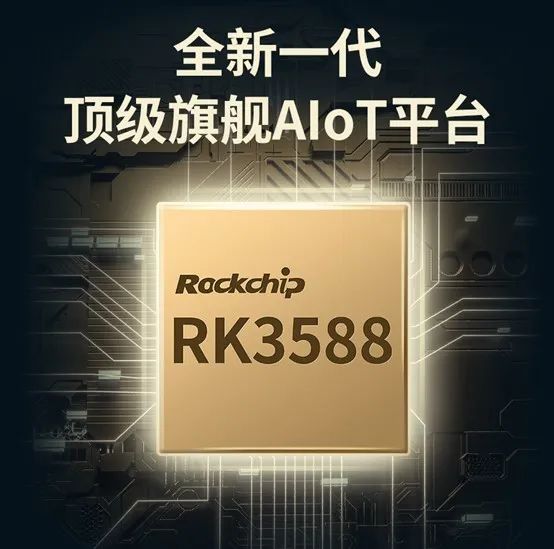
Core Technology: Application processor technology, compatible with Android, Linux, and HarmonyOS
Representative Product: RK3588 is Rockchip’s new generation flagship high-end processor featuring high computing power, low power consumption, super multimedia capabilities, and rich data interfaces. It is equipped with an octa-core CPU consisting of four A76 cores and four A55 cores, and an ARM G610MP4 GPU, with an NPU providing 6 TOPs of computing power. It supports 8K display output at 60Hz and four-screen display.
Application Scenarios: Tablets/laptops, smart IoT hardware, applications in the AIoT industry.
Application Directions: Tablets, smart displays, intelligent cockpits, AI cameras, network video recorders, AR/VR.
Recommended Solutions Based on Rockchip SoC with High Shipment Volume
1. RK3588 High-Performance Visual Processing Motherboard
Application Scenarios: Widely used in VR, industrial control, power, communications, medical, media, security, automotive, finance, consumer electronics, handheld devices, gaming consoles, display control, teaching instruments, POS machines, gaming consoles, teaching experimental platforms, multimedia terminals, PDAs, ordering machines, advertising machines, etc.
Price:1469
View solution details >>
2. RK3566 8K HD Display Visual Processing Development Board
Application Scenarios: Widely used in ARM PCs, high-end tablets, edge computing servers, virtual reality, NVR, 8K TVs, etc.
Price:299
View solution details >>
3. RV1126 High-Performance Face Recognition Core Board
Application Scenarios: Widely used in smart locks, smart doorbells, network cameras, dashcams, interactive gaming, live streaming, conference projection, etc.
Price:340
View solution details >>
4. RK3566 Cost-Effective Android Video Motherboard
Application Scenarios: Best choice for cash registers, advertising machines, self-service terminals, etc.
Price:340
View solution details >>
2. Beijing Junzheng X2000 Heterogeneous Cross-Border Processor

X2000 is the new generation multi-core heterogeneous cross-border processor product launched by Beijing Junzheng. Its CPU core adopts self-developed XBurst®2 dual-core + XBurst®0 tri-core structure. The product combines the outstanding computing power of application processors with the real-time control and low power consumption of microcontrollers. It features an H.264 encoder/decoder with 1080P@30fps capability, LPDDR3 128MB, dual camera Mipi interface + dual ISP, allowing for real-time synchronization, and rich peripheral interfaces, suitable for various consumer and commercial embedded application fields.
Application Fields
Smart Audio: Smart speakers, smart toys
Image Recognition: QR code recognition, license plate recognition, facial recognition, and fingerprint recognition
Smart Appliances: Smart air conditioners, smart refrigerators, and daily small appliances
Smart Home: Smart gateways, smart lighting
Smart Office: Cloud printers, data gateways
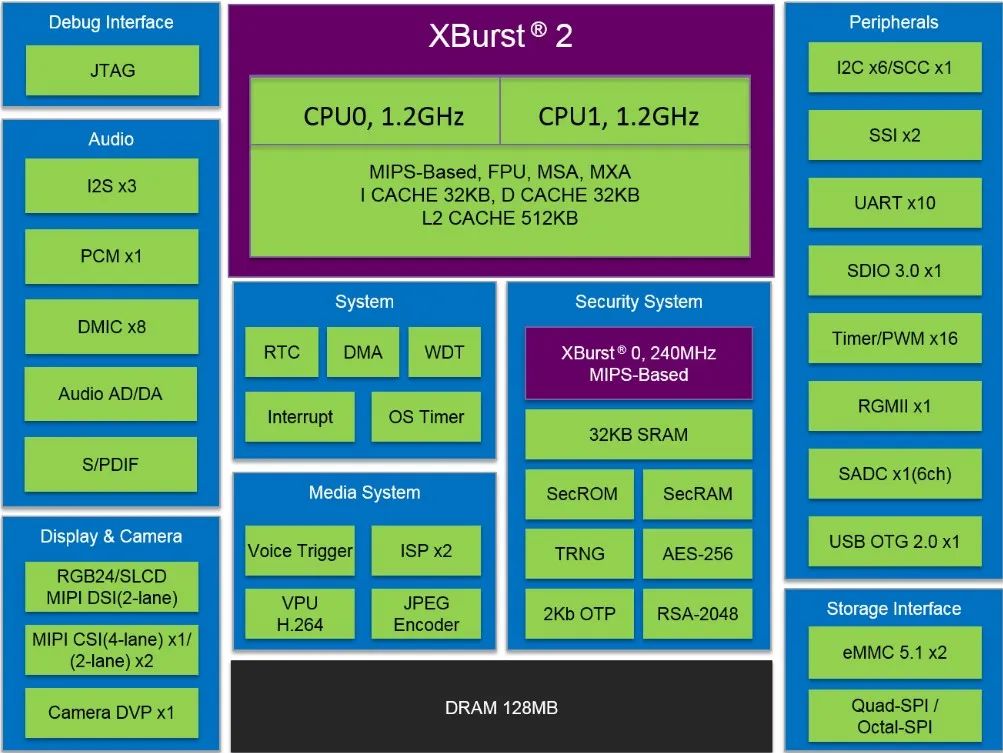
Recommended Solutions Based on Junzheng SoC with High Shipment Volume
1. Low-Power, Fast-Response Face Recognition Access Control Solution PCBA
Application Scenarios: Widely applicable to communities, campuses, hospitals, scenic spots, hotels, shopping malls, office buildings, and public service venues.
Price:230
View solution details >>
2. Face Recognition Temperature Measurement Terminal Solution for Attendance Machines and Access Control Gates (Complete Machine + Upper Computer Software)
Application Scenarios: Widely applicable to the entrances of government agencies, office areas, corporate gates, kindergartens, university libraries, university dormitories, swimming pools, exhibition halls, sports halls, etc.
Price:1200
View solution details >>
3. Payment Barcode and QR Code Recognition Solution PCBA
Application Scenarios: Widely used in supermarket counters, express cabinets, showrooms, ticket checking machines, self-service vending terminals, etc.
Price:115
View solution details >>
4. WY820 Type 3D Stereo Dual-Lens Intelligent Camera Module
Application Scenarios: Widely applied in mold design, industrial design, structural design, cultural relic restoration, backlight monitoring, spatial measurement, etc.
Price:1500
View solution details >>
5. WY665 Dual-Lens Human Detection Face Recognition Module
Application Scenarios: Widely used in smart access control, smart locks, smart cabinets, sports venue entrances, school premises, sports training, etc.
Price:100
View solution details >>
6. Low-Power Battery IPC Camera (Complete Machine)
Application Scenarios: Widely used in smart homes, security monitoring, baby care, elderly care, remote monitoring, hunting, and pet monitoring, etc.
Price:500
View solution details >>
3. Allwinner Technology V535 Intelligent Driving Visual Processing Chip
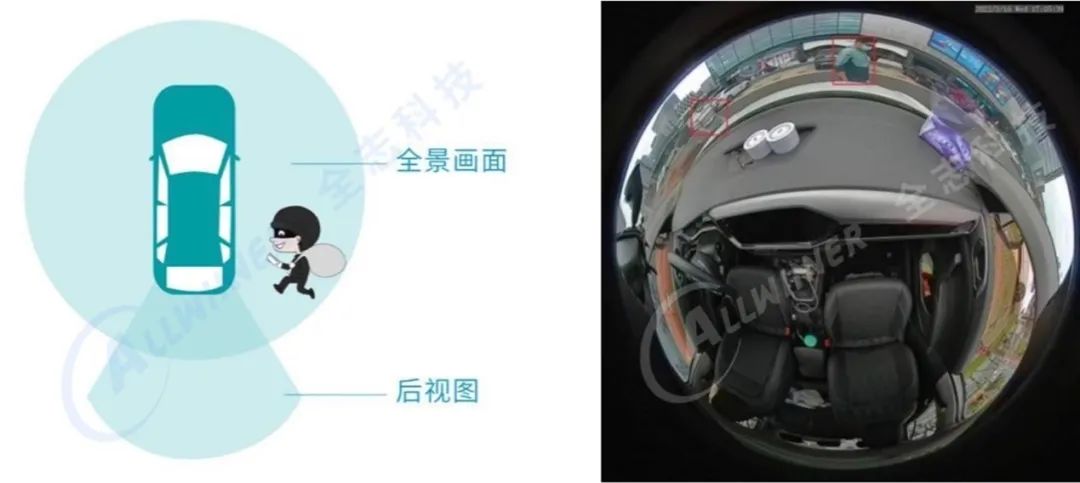
Core Technologies Include: HD audio and video encoding and decoding technology, HD digital TV signal demodulation technology, and high-performance combined computing power. A single-core A7 1.2GHz paired with a maximum 0.5T professional neural network processing unit is deeply optimized for typical AI application scenarios, while providing complete AI middleware and supporting model conversion tools, enabling customers to quickly adapt their own or third-party algorithms for AI product deployment.
High integration and expandability. It integrates a professional-grade star-level image processor and H265/H264 encoding and decoding capabilities, enabling real-time image processing of up to 5 million levels and multi-channel time-division encoding. It also supports various types of analog HD camera input and screen output interfaces, while supporting low-power sleep wake-up to meet the expansion functions of automotive products.
Main Products and Applications: Products for intelligent driving recording and driving behavior detection, including in-vehicle full blind area AI monitoring and warning devices, driver behavior detection devices, etc. As an entry point for smart homes, JD’s smart speaker is equipped with Allwinner’s SoC chips, as well as Xiaomi’s smart vacuum cleaner and other smart hardware products.
Allwinner’s main products also include large SoCs based on ARM architecture, including R329, R818, etc., 28nm smart voice chips, and A series tablet processors. The R329 has a computing power of 0.256 TOPS, which is 1.58 times higher than the previous generation R328 chip.
Recommended Solutions Based on Allwinner SoC with High Shipment Volume
1. Cost-Effective Smart Commercial Display Android Motherboard A40i
Application Scenarios: Generally applicable to advertising machines, digital signage, and self-service terminals.
Price:280
View solution details >>
2. Large Size Infrared Touch Screen Smart Android Advertising Machine Motherboard A40i
Application Scenarios: Widely applicable to elevator displays, industrial control, artificial intelligence, network security, smart medical, commercial displays, gate recognition, self-service terminals, face recognition, etc.
Price:255
View solution details >>
3. LTE Communication and Video Interaction Control Module A55
Application Scenarios: Suitable for automotive central control communication and display panels, smart medical remote medical interaction devices, remote industrial process control fault diagnosis devices, advertising machine program image transmission and behavioral data analysis devices.
Price:425
View solution details >>
Please browse the TOP solutions to understand the edge intelligence solution supply market. We look forward to your visit in the second season– Edge Intelligence Market Elements: Massive Demand, IoT Segmentation
4. Huawei HiSilicon Ascend Series
Core Technologies: Self-developed Huawei Da Vinci architecture NPU, 3D Cube technology;
Representative Product: Ascend 310 is a high-efficiency, flexibly programmable AI processor that can output 16 TOPS@INT8 and 8 TOPS@FP16 under typical configurations, with a power consumption of only 8W.
Ascend 910 is the most powerful AI processor in the HiSilicon series, achieving the best balance of AI performance and energy efficiency, with a flexible architecture supporting cloud-edge-end full-stack applications. In terms of computing power, Ascend 910 achieves 640 TOPS under 8-bit integer precision (INT8) and 320 TFLOPS under 16-bit floating point (FP16), with a maximum power consumption of only 310W.
Application Scenarios: HiSilicon’s Ascend series of full-scene AI chips help extend AI from the center to the edge, targeting digital centers, edges, consumer terminals, and IoT scenarios, providing complete AI solutions for safe cities, autonomous driving, cloud business and IT intelligence, smart manufacturing, and robotics.
Recommended Solutions Based on HiSilicon SoC with High Shipment Volume
1. 2 Million Video Conference USB Camera Module
Application Scenarios: Suitable for large range, wide angle, large field of view, low light or backlight, and high-resolution video conference requirements, such as real-time monitoring in finance, telecommunications, government, schools, airports, factories, hotels, museums, and traffic monitoring.
Price:96
View solution details >>
2. 2 Million Pixel Star Light Night Vision USB Camera Module
Application Scenarios: Suitable for large range, wide angle, large field of view, extremely low light or no light, and high-resolution monitoring requirements. Its sub-applications include smart cameras, HD network cameras, 4G/wifi cameras, USB cameras, high-frame cameras, multi-eye cameras, and low-power fast-start cameras, with clear, delicate, and realistic images.
Price:339
View solution details >>
3. NB-IoT Network and Vehicle GPS + Beidou Electric Vehicle Positioning Tracker Solution
Application Scenarios:
Suitable for various types of vehicles such as electric vehicles, motorcycles, logistics vehicles, private cars, etc. The product integrates multiple practical functions such as positioning, anti-theft, temperature, power, and voltage monitoring, providing more safety guarantees for electric vehicle users, with cumulative shipments exceeding 800,000 units.
Price: 100
View solution details >>
4. GPS + BDS Dual-Mode Positioning Tracker Solution
Application Scenarios:
Suitable for pet positioning, elderly shoe positioning, child tracking, asset tracking, transport location management, drone flight positioning, logistics tracking, etc., as well as pet fostering, pigeon training, marathons, prison management, external supervision of inmates, employee management, sanitation management, visitor tracking, patient monitoring, cultural relic positioning, forklift management, container positioning, etc.
Price: 340
View solution details >>
5. Alibaba Pingtouge Hanguang 800
Pingtouge released the data center AI inference chip Hanguang 800 in 2019, based on a 12nm process, with a peak performance computing power of 820 TOPS. In the industry-standard ResNet-50 test, the inference performance reached 78,563 IPS, with an energy efficiency ratio of 500 IPS/W.
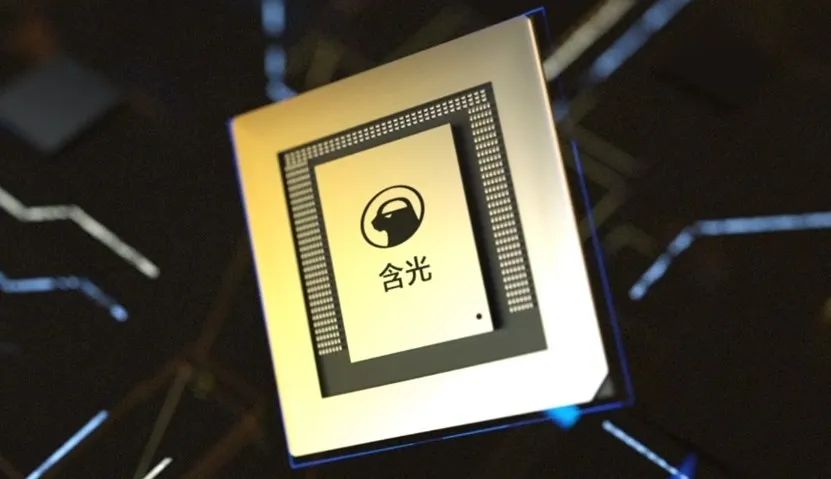
Hanguang 800 employs Pingtouge’s self-developed architecture, achieving performance breakthroughs through collaborative design of software and hardware. The self-developed AI chip software development kit allows the Hanguang 800 chip to achieve high throughput and low latency performance when developing deep learning applications. Hanguang 800 has been successfully applied in data centers, edge servers, and other scenarios.
6. Jiutian Ruixin ADA200
Jiutian Ruixin ADA200 is a multi-sensor chip fusion processing chip based on the sensor-computing integrated chip architecture, capable of performing fusion processing of sound, vision, and other time-sequenced signal sensors at a power consumption of less than 1mW, widely applicable in smartphones, wearables, smart homes, industry, healthcare, and other low-power, high-energy efficiency applications.
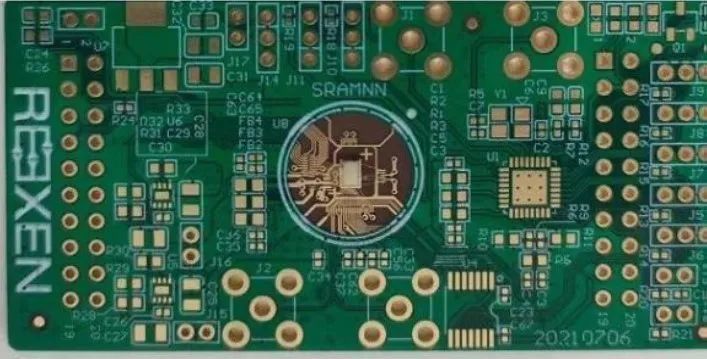
Core Technology: Self-innovated “sensor-computing integrated” chip architecture
Application Scenarios: Industrial Field — AON wake-up sound anomaly triggering; Security Field — Human shape detection triggering under AON; Consumer Field — Personal devices (phones, watches, wristbands) face wake-up, image recognition; XR eye tracking, visual recognition; Robotics, autonomous driving fields: visual assistance systems.
Competitive Advantage: The chip architecture consists of ASP (analog feature preprocessing) + ADA (analog-digital hybrid signal storage computing based on 6T SRAM). ASP is similar to an analog version of DSP, allowing for direct feature analysis and extraction of signals at the analog signal end; this can effectively extract valid signals before ADC, removing redundant signals; significantly reducing the workload of ADC, achieving ultra-high energy efficiency.
7. Unisoc Tiger T710
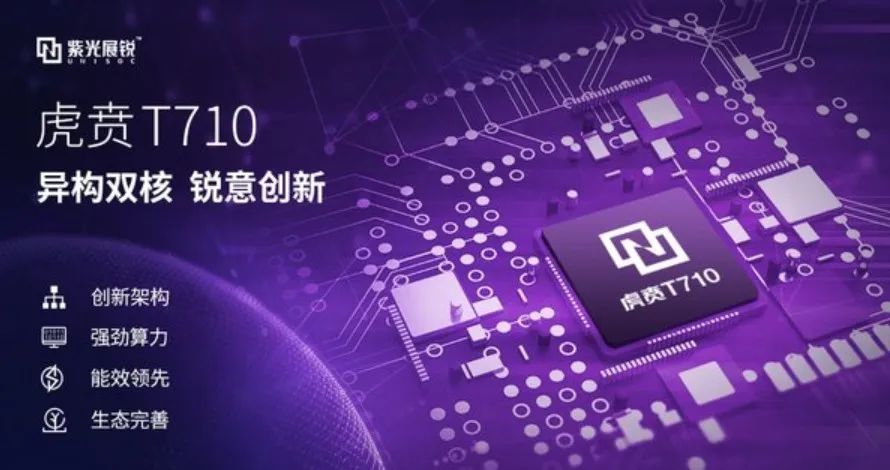
Core Technology: Heterogeneous dual-core NPU architecture, self-developed API
Representative Product: Tiger T710 adopts a heterogeneous dual-core NPU architecture, supporting mainstream AI training frameworks, and the self-developed API can improve algorithm efficiency. Performance: 4 x A75 @ 2.0GHz + 4 x A55 @ 1.8GHz; Imaging: 48 million (4in1) cameras, 4K@30fps encoding and decoding, super night scene, anti-shake functions.
Application Scenarios: Suitable for industrial, commercial, medical, home, education, and other scenarios.
Tiger T710 also leads the industry in energy efficiency and commercial maturity, with energy efficiency >= 2.5 TOPS/W, exceeding the industry average by 30%; supporting various AI training frameworks and multiple AI model quantization methods; supporting Android NN and providing self-developed SDK from Unisoc, making third-party applications more efficiently deploy AI functions.
8. Horizon Robotics Journey Series
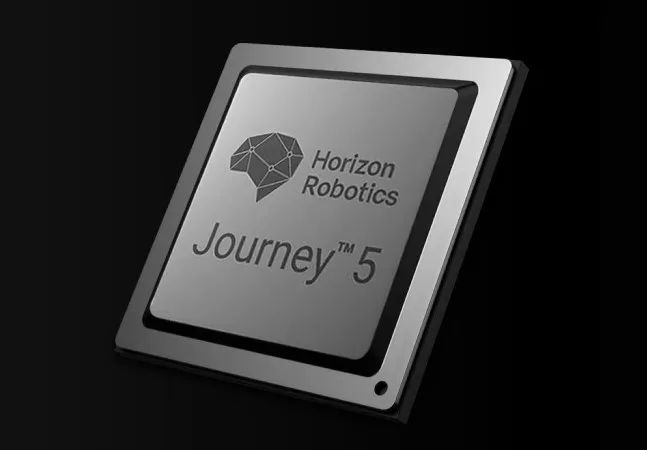
Core Technology: AI-specific computing architecture BPU
Representative Products: Automotive-grade AI chips Journey 2/3/5; AIoT edge AI chip platform Sunrise 2/3.
Application Scenarios: Automotive ADAS/autonomous driving, AIoT edge computing. Horizon’s self-developed edge AI chips and solutions provide comprehensive empowering services in the fields of intelligent driving and broader IoT.
Competitive Advantage: The first company to achieve mass production of automotive-grade AI chips for pre-installation. Horizon’s third-generation automotive-grade product Journey 5 is developed following the ISO 26262 functional safety certification process and has passed ASIL-B certification; the Journey series AI chips have shipped over a million units and have established pre-installation mass production cooperation with many OEMs.
Journey 5 is Horizon’s third-generation automotive-grade AI chip, adopting TSMC’s 16nm FinFET process, developed following the ISO 26262 functional safety certification process, and has passed ASIL-B certification. Based on the latest dual-core BPU Bayesian architecture design, Journey 5 utilizes an octa-core Arm Cortex-A55 CPU cluster, providing up to 128 TOPS equivalent computing power; CV engine, dual-core DSP, dual-core ISP, powerful codec; supports multiple 4K and full HD video inputs and processing; dual-core lock-step MCU, functional safety level reaches ASIL-B(D); meets AEC-Q100 Grade 2 automotive standards.
This chip targets high-level autonomous driving and intelligent cockpit applications, with rich external interfaces that can connect to over 16 channels of HD video input and support dual-channel “instant” image processing; relying on BPU, DSP, and CPU resources, it is suitable not only for advanced image perception algorithm acceleration but also for multi-sensor fusion like lidar and millimeter-wave radar; it features PCIe 3.0 high-speed signal interfaces and dual-gigabit real-time Ethernet (TSN) to provide hardware-level support for multi-sensor synchronization fusion (PTP); supports prediction planning and H.265/JPEG real-time encoding and decoding.
Horizon has become a full-scene intelligent chip solution provider covering L2 to L4. Currently, Journey 2 and Journey 3 have achieved pre-installation mass production cooperation on numerous popular models from several domestic brands, including Changan, Great Wall, Dongfeng Lantu, GAC, JAC, Li Auto, Chery, SAIC, and others.
9. Cambricon SiYuan 370 Series AI Chips
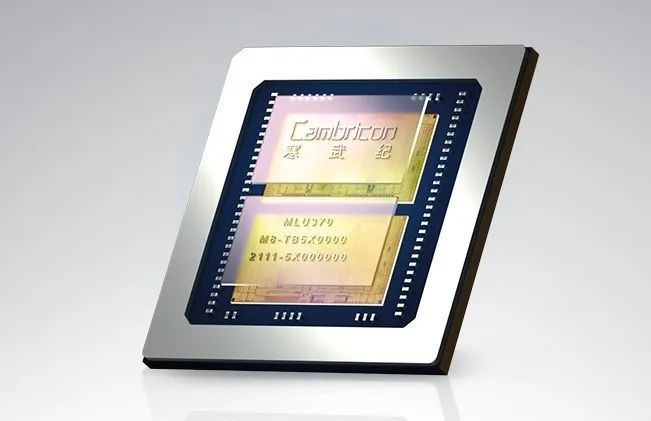
Core Technology: Intelligent processor architecture MLUarch03 and MLUv02 architecture, Cambricon NeuWare, inference acceleration engine MagicMind
Representative Products: SiYuan 290/270/370/220 series AI chips; terminal intelligent processor IP, cloud intelligent chips and acceleration cards, edge intelligent chips and acceleration cards, and basic system software platforms.
Application Scenarios: General cloud training and edge/terminal inference AI solutions.
Competitive Advantage: Providing a full range of series intelligent chips and processor products for cloud, edge, and terminal.
SiYuan 370 is based on a 7nm process and integrates two AI computing cores (MLU-Die) on a single chip, each MLU-Die having its own AI computing unit, memory, I/O, and MLU-Fabric control and interface, with a maximum computing power of 256 TOPS (INT8), double that of SiYuan 270.
10. Hangzhou Guoxin GX8002 AI Voice Chip
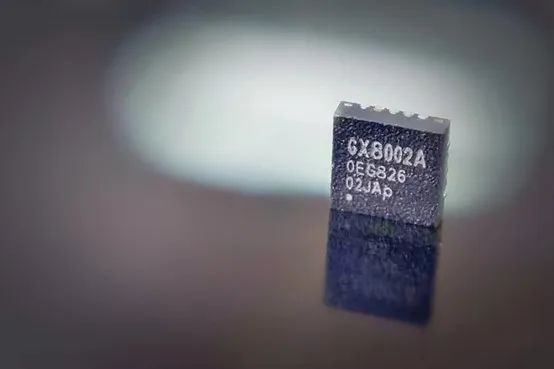
Hangzhou Guoxin GX8002 is an AI voice interaction chip targeting the smart wearable market, currently adopted by several brands such as QCY, Edifier, Baidu, and iFlytek for TWS earbuds, smart glasses, smart watches, and wristbands.
Core Technology: Neural network processor gxNPU technology
Representative Products: GX8002 ultra-low power AI voice interaction chip; GX8010 IoT AI chip; GX8009 AI voice SoC chip; GX8008 AI voice processing chip; GX8001 YOC chip. AI products adopt multi-core heterogeneous architecture, including NPU, ARM, C-Sky, DSP, etc., with low-power voice wake-up algorithms, dual-microphone array noise reduction algorithms, VAD detection algorithms, offline ASR algorithms, and neural network compression algorithms.
Application Scenarios: Smart automotive, smart speakers, smart homes, smart wearables, and many other application fields. In-depth cooperation has been established with companies such as Alibaba, JD, Baidu, 360, Rokid, Mobvoi, iFlytek, Voice AI, Sipeed, Skyworth, TCL, and Haier.
GX8002 not only integrates the upgraded second-generation neural network processor gxNPU V200 but also features a self-developed hardware VAD module with strong filtering capability, accurately identifying voice signal start signals in various complex environments, and the operation of VAD does not rely on CPU, achieving extremely low power consumption, with standby power consumption only 70uW.
Add the editor on WeChat to learn more about solutions!